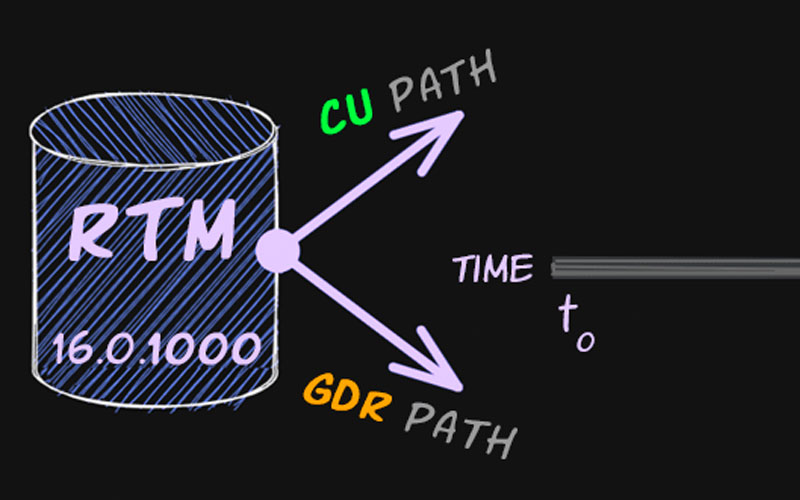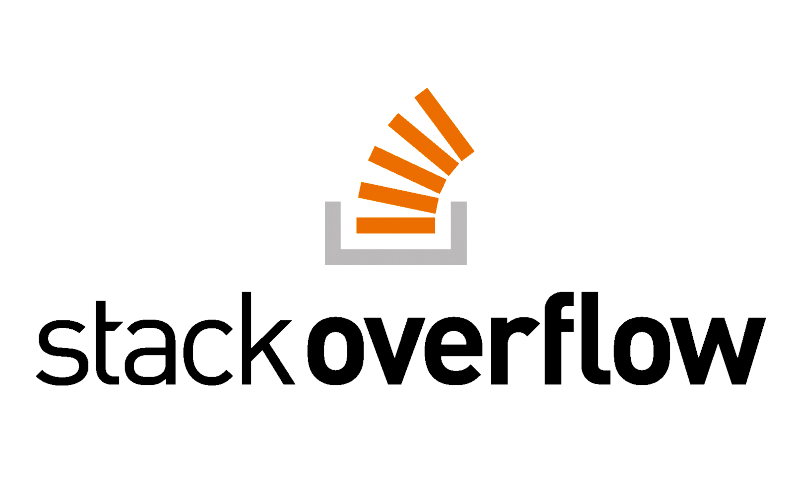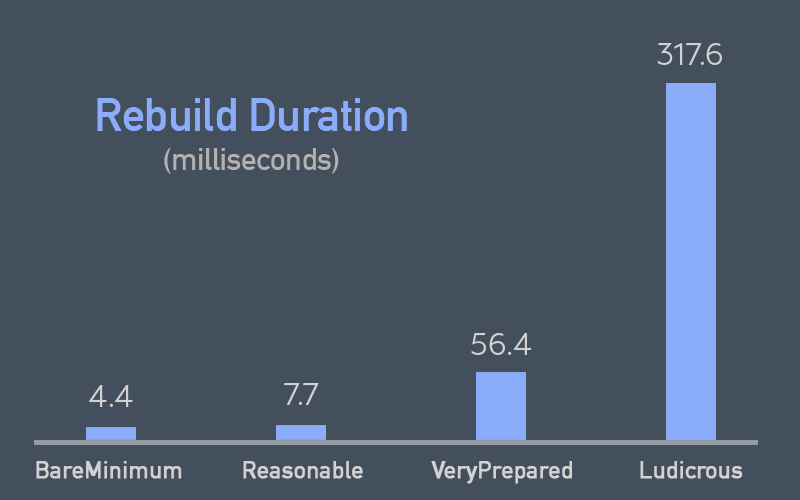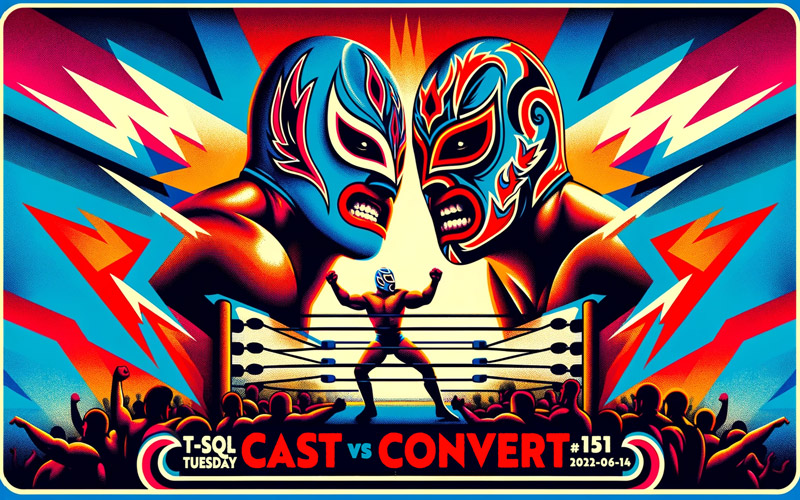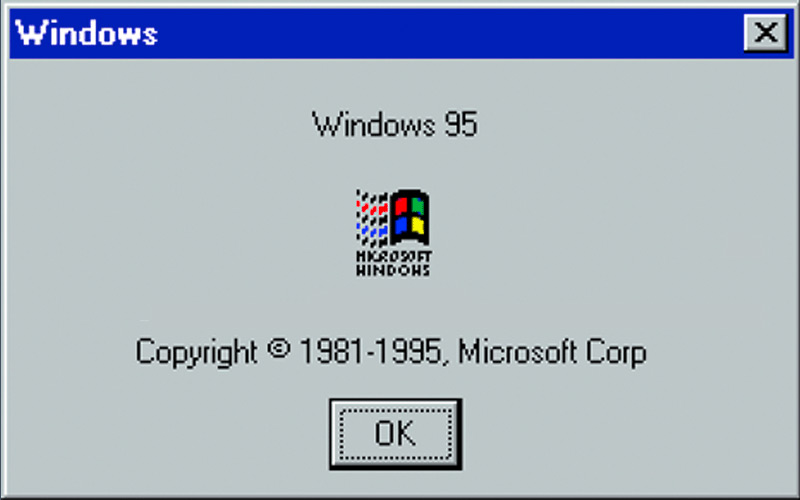Using a fictitious future timeline, I explain how CUs and GDRs differ and why build number alone might not tell the whole story.
June 2022
In this article, I discuss several advantages to maintaining a technical blog.
I talk about a few of the things I worked on in my first month as a DBRE at Stack Overflow.
In this tip, I show some real-life reasons why you may not want to create all the partitions you'll ever need up front.
I talk about why I prefer CONVERT over CAST to be consistent. Basically, if you sometimes HAVE to use only one, why not just ALWAYS use that one?
There are often multiple ways to express a query and get the same results, often without any change in performance. Learn about one example.
In this tip, I talk about the compatibility between major versions and SQL Server's internal database version.


